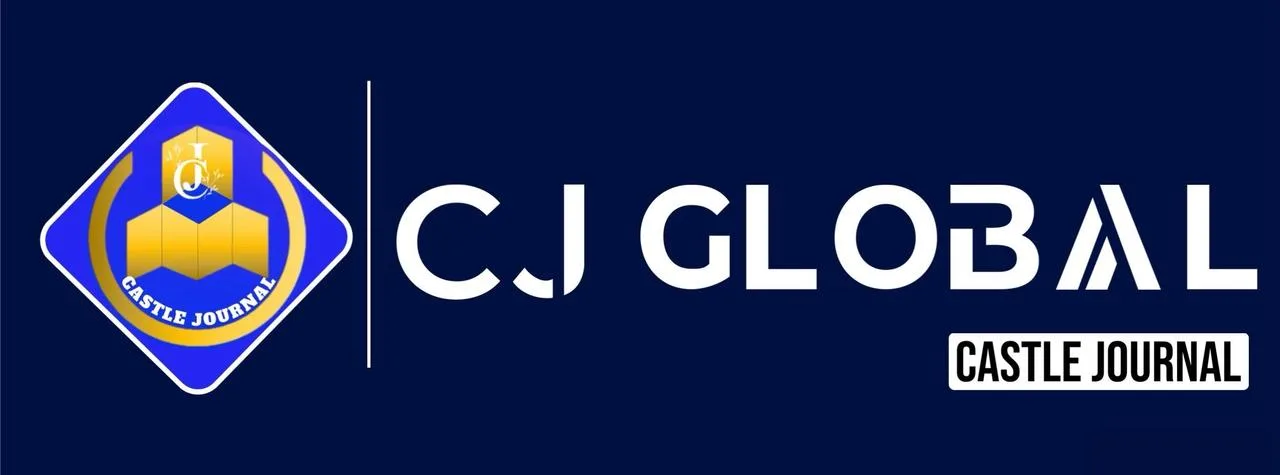UN Watchdog Unable to Verify Iran’s Uranium Stock
London-UK, November 13, 2025
UN Watchdog Unable To Verify Iran’s Near-Weapons Grade Uranium Stock In Months.
The global community faces a deepening nuclear crisis as the United Nations’ watchdog has declared it is unable to verify Iran’s sensitive uranium stock for months.
The International Atomic Energy Agency (IAEA), the U.N. watchdog, issued a confidential report to member states on Wednesday, warning that the status of Iran’s highly enriched uranium stock remains ambiguous following the June war that saw Israeli and U.S. strikes on several Iranian nuclear facilities.
The agency’s inability to maintain a “continuity of knowledge” over the material since June has raised alarm bells in Western capitals, leading to urgent calls to address the verification deficit before the nuclear crisis spirals further out of control.
Headline Points: The Escalating Verification Breakdown
Loss of Continuity:
The IAEA report explicitly states it has “lost continuity of knowledge in relation to the previously declared inventories of nuclear material in Iran” at facilities damaged during the June hostilities.
Verification Long Overdue:
The agency’s verification of the highly enriched material, which should occur monthly according to standard safeguards, has been “long overdue” for five months.
Near-Weapons Grade Stockpile:
As of the last verified count in June, Iran possessed an estimated 440.9 kilograms (972 pounds) of uranium enriched up to 60% purity. This is a short technical step away from the 90% needed for weapons-grade material.
Potential for 10 Bombs:
IAEA Director General Rafael Grossi has warned that the current unverified stockpile is theoretically enough to produce up to 10 nuclear bombs if Iran were to choose to weaponise the material.
Tehran’s Conditionality:
Iran responded to the IAEA, stating that “any cooperation with the Agency is conditional on the decision of the Supreme National Security Council (SNSC) of Iran,” effectively linking nuclear transparency to political demands.
Damaged Site Access Denied:
Iran has consistently refused to grant IAEA inspectors access to the specific nuclear sites, including facilities at Fordo and Natanz, that were affected by the Israeli and U.S. attacks in June.
The Gravity of the Near-Weapons Grade Stockpile
The core of the deepening nuclear crisis lies in the nature and quantity of the uranium stock Iran possesses.
Uranium enriched to 60\% purity is considered Highly Enriched Uranium (HEU), and its production is one of the most sensitive activities in the nuclear fuel cycle.
The vast 440.9 \text{ kg} stockpile is the largest Iran has ever accumulated, pushing the country closer than ever to the theoretical threshold for nuclear weapons capability—a development that the IAEA’s previous reports consistently flagged as “a matter of serious concern.”
IAEA Director General Rafael Grossi emphasized that while this stockpile size does not automatically mean Iran has a weapon, the time required for a “breakout” scenario—the time needed to enrich the material from 60\% to the 90\% weapons-grade level—has been drastically reduced.
Furthermore, the report reminds member states that Iran is the only country without nuclear weapons to enrich uranium to such a high level, bolstering the suspicions of Western powers and Israel, who have long accused Tehran of harbouring military nuclear ambitions, a claim Iran vehemently denies.
Five Months of Lost Knowledge
The current alarm was triggered by the fact that the UN Watchdog has been unable to verify the status and location of this material for five months, ever since the mid-June aerial strikes on key Iranian nuclear infrastructure.
The attacks severely damaged facilities, including enrichment halls and centrifuge production sites, causing Iran to suspend full cooperation with the IAEA.
The agency’s standard safeguards agreement with Iran, stemming from its commitments under the Nuclear Non-Proliferation Treaty (NPT), requires Tehran to submit a “special report” detailing the status of its nuclear material following extraordinary events such as military attacks.
Iran has failed to provide this mandated report, which the IAEA stresses is “indispensable” for the agency to provide assurances that the nuclear material remains in peaceful activities and that facilities are not being misused.
This loss of continuity of knowledge makes it extremely difficult, and potentially impossible, to rule out any diversion of the material for non-peaceful purposes.
The IAEA report highlights that the absence of inspectors from the key affected sites—seven facilities in total—is the single greatest obstacle to re-establishing a clear and verifiable picture of Iran’s nuclear program.
A Vitiated Cairo Agreement and Political Conditions
The situation has been exacerbated by the collapse of a September agreement made in Cairo between Director Grossi and Iranian Foreign Minister Abbas Araghchi.
This agreement was supposed to pave the way for a full resumption of inspections and technical cooperation. However, progress has been limited, and the confidential report reveals that Iran now considers the agreement void, stating that future cooperation is entirely conditional on the political approval of the Supreme National Security Council.
This political posturing comes in the wake of the decision by European powers to re-impose a set of U.N. sanctions through the so-called snapback mechanism after deeming Iran non-compliant with its nuclear and transparency obligations. Tehran has responded to these renewed sanctions with increased hostility towards Western mediation and a tightening of internal control over the nuclear file.
The escalating nuclear crisis and the IAEA’s increasing frustration will likely force a diplomatic showdown at the next meeting of the IAEA Board of Governors. Western powers will be compelled to choose between further diplomatic isolation of Tehran or finding a new, high-level channel of communication to address the long overdue verification of the near-weapons grade uranium stock, a critical step necessary to de-escalate the volatile regional tensions.
